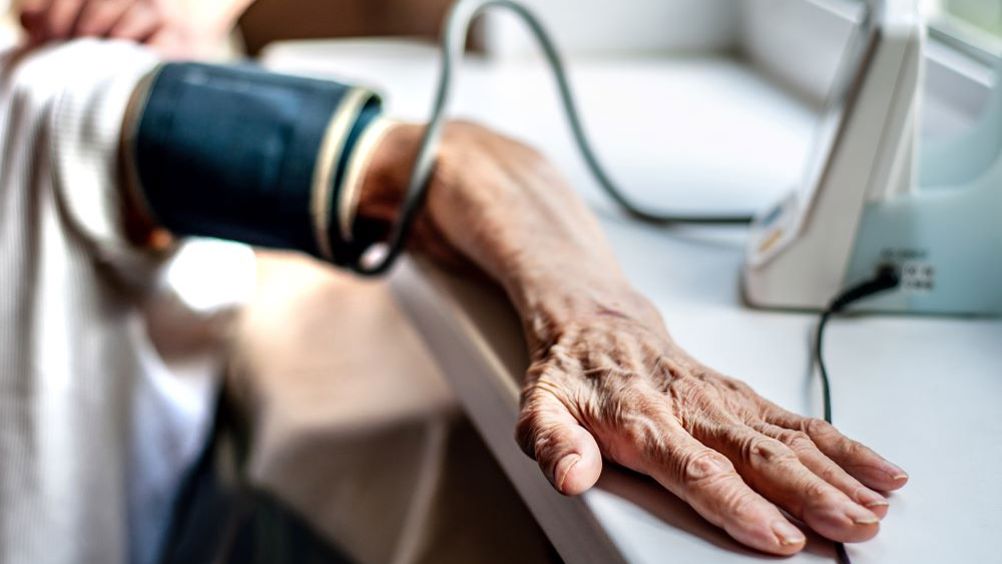References
A guide to undertaking and understanding blood pressure measurement

Abstract
This article aims to provide background information on blood pressure. It outlines the anatomy and physiology associated with the skill of blood pressure measurement, and the varying techniques for taking blood pressure readings, both invasively and non-invasively. It further explains the steps for taking a manual blood pressure and provides top tips for carrying out this procedure in clinical practice.
Blood pressure (BP) measurement is widely recognised as being a routine observation that can be used as a way to assess cardiac output and its effectiveness for adequate tissue perfusion (Odell, 2013). Thus, the presence of a BP is a requirement for human existence (Lip and Beevers, 2015). BP measurement, which includes interpreting results and taking appropriate action, is therefore considered a key clinical skill to acquire and maintain, as results can determine the patient care that needs to be delivered (Lister et al, 2021).
A BP measurement, in its simplest form, is a determinant of individual cardiac output (the volume of blood pumped out of the heart and into the aorta per minute) and the systematic vascular resistance (the diameter of the arterial blood vessels) (Foley, 2015). To fully understand the process, it is essential that health professionals possess the underpinning knowledge of the anatomy and physiology associated with the cardiovascular system (Figure 1). The cardiovascular system includes the heart, arteries, veins and capillaries and its main function is to distribute blood throughout the body, ensuring that water, nutrients, chemicals, and waste products are exchanged to and from bodily tissues (Boore et al, 2016; Nair, 2017).
Register now to continue reading
Thank you for visiting British Journal of Nursing and reading some of our peer-reviewed resources for nurses. To read more, please register today. You’ll enjoy the following great benefits:
What's included
-
Limited access to clinical or professional articles
-
Unlimited access to the latest news, blogs and video content

